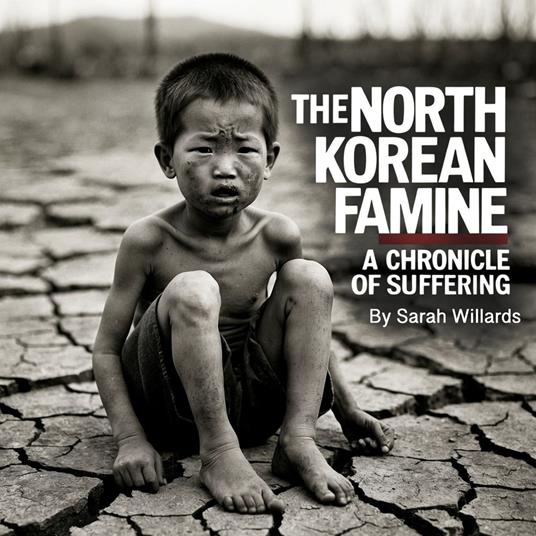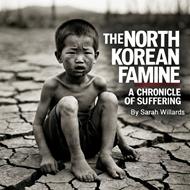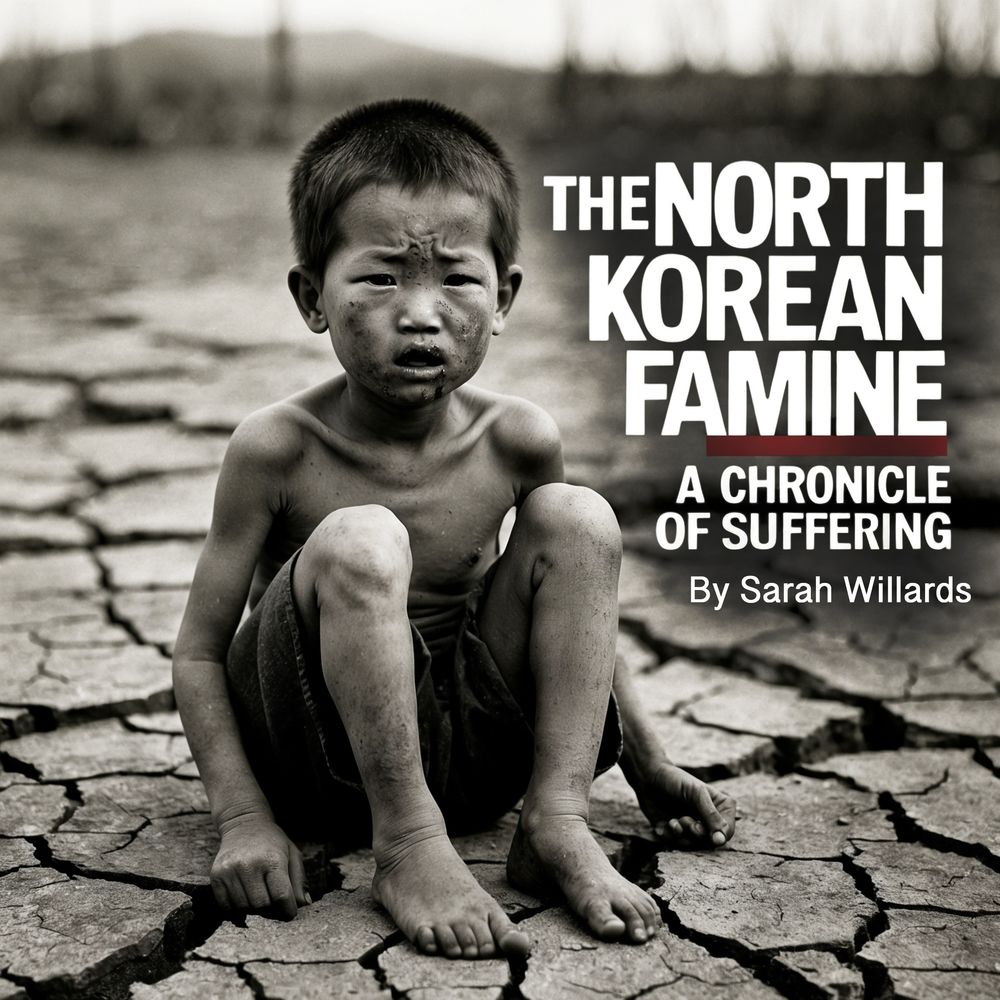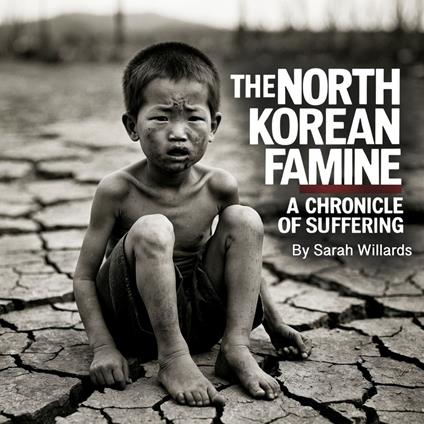North Korean Famine, The
The roots of the North Korean famine can be traced back to a combination of political decisions, economic isolation, and environmental misfortune. In the decades following the Korean War, North Korea embraced a rigid command economy based on Juche, or self-reliance, which emphasized centralized planning and rejected significant foreign trade or aid. While this model initially allowed for rapid industrial growth and agricultural development, it was not sustainable in the long term. The system lacked flexibility and efficiency, and over time, infrastructure and productivity began to deteriorate. A major turning point came with the dissolution of the Soviet Union in the early 1990s. North Korea had relied heavily on Soviet subsidies, favorable trade terms, and access to cheap fuel and machinery. The collapse of this relationship led to a sharp decline in industrial output and a severe energy crisis. The loss of external support laid bare the fragility of North Korea’s economy, which was unable to function independently at the necessary scale to support its population. Compounding these issues were a series of natural disasters that struck the country in the mid-1990s. Heavy flooding in 1995 and 1996 destroyed large areas of farmland, washed away infrastructure, and further reduced the already-limited food supply. The government’s agricultural methods, which were outdated and heavily dependent on chemical fertilizers and machinery, proved ill-suited to withstand environmental shocks. Poor land management and deforestation made the country even more vulnerable to flooding and soil erosion.
-
Autore:
-
Durata in (hh:mm:ss):01:50:50
-
Anno edizione:2025
-
Editore:
Formato:
Gli Audiolibri venduti dal nostro sito sono in formato MP3 e protetti da un DRM proprietario Kobo.
Compatibilità:
Gli Audiolibri venduti dal nostro sito possono essere ascoltati sul tuo smartphone o tablet tramite la APP gratuita Kobo Books scaricabile da iOS o Android. Gli Audiolibri non possono essere scaricati in locale o trasferiti su un client di ascolto diverso da quello fornito tramite Kobo. Non è possibile ascoltare gli audiolibri con la Kobo APP Desktop. Puoi ascoltare gli Audiolibri tramite determinati eReader Kobo, utilizzando cuffie o casse con Bluetooth. Visita la pagina degli eReader per avere maggiori dettagli.
Cloud:
Gli Audiolibri venduti singolarmente dal nostro sito sono immediatamente sincronizzati sul tuo account personale in automatico. Successivamente all'acquisto, sono subito disponibili all'ascolto tramite i client di lettura Kobo compatibili.
Clicca qui servissero ulteriori informazioni



